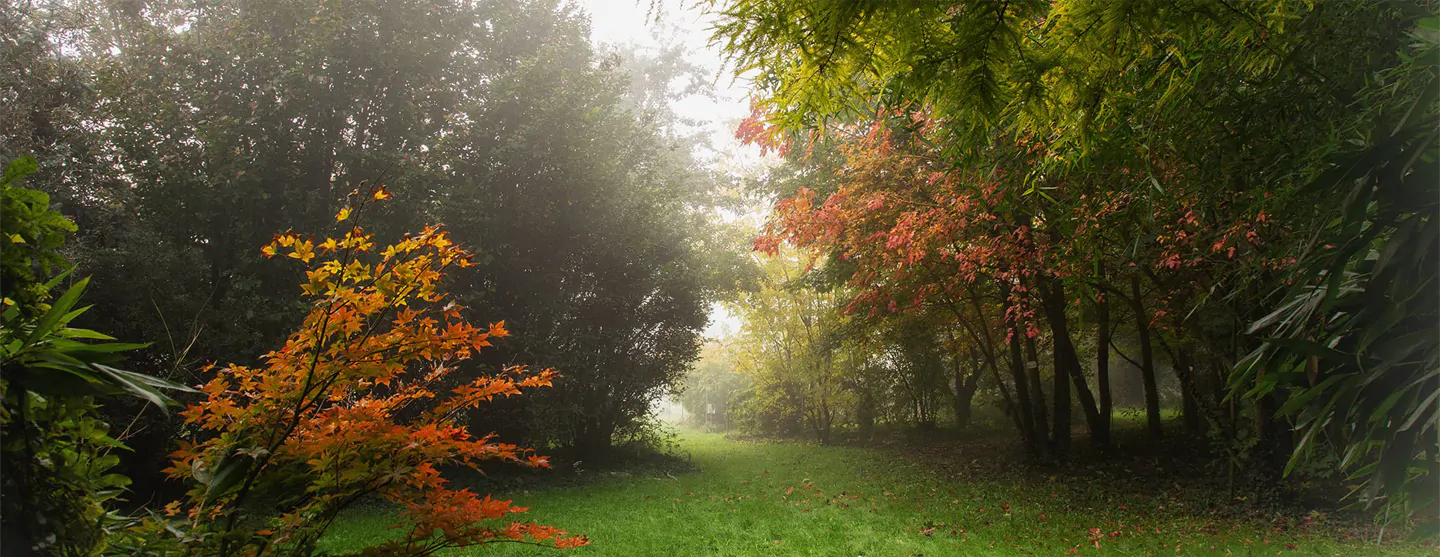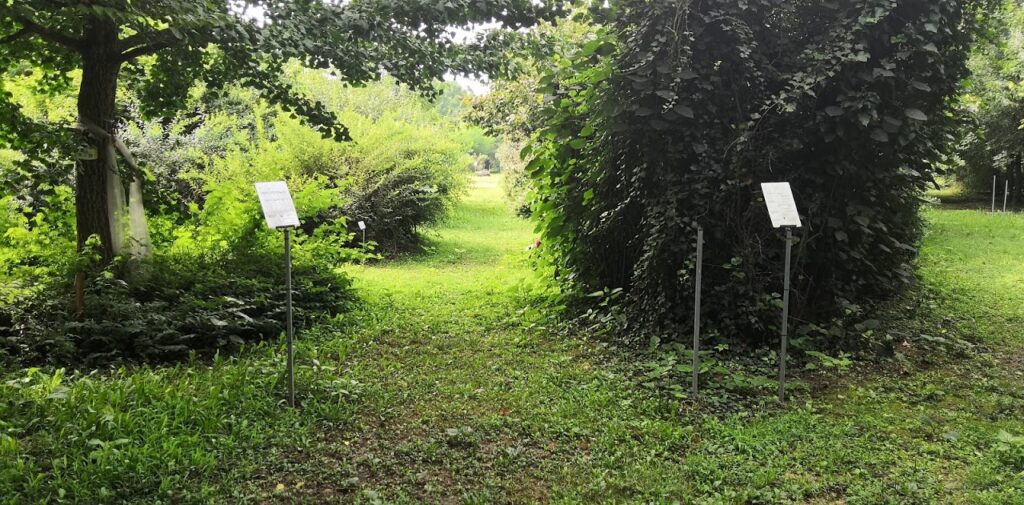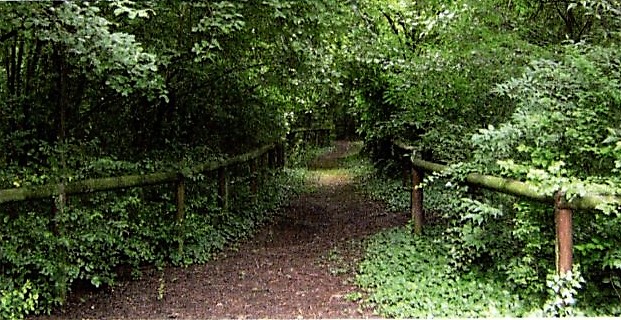Urban Trees and City Forests
Urban Trees and City Forests: Allies for…

Modern cities, with their concrete, traffic, and heat-absorbing asphalt, often become places where the air feels heavy and summer temperatures rise to unbearable levels. In this context, urban trees and city forests represent one of the most effective solutions for improving livability—but their presence is not without complications. While they offer numerous benefits, there are also challenges to manage, such as the emission of terpenes, organic compounds that, under certain conditions, can affect air quality.
Walking down a tree-lined avenue on a summer day makes the difference immediately noticeable: the shade cools the air, making it feel fresher and easier to breathe. This is not just a perception. Trees play a crucial role in mitigating the “urban heat island” effect, a phenomenon where cities trap heat due to concrete and asphalt absorbing and radiating thermal energy. Through evapotranspiration, plants release water vapor, cooling their surroundings. Some studies show that green urban areas can be up to 8°C (14°F) cooler than areas without vegetation.
But the benefits don’t stop there. Trees are natural air filters. Their leaves capture fine particulate matter (PM10 and PM2.5) and absorb harmful gases like nitrogen dioxide (NO₂) and sulfur dioxide (SO₂). Through photosynthesis, they also sequester carbon dioxide (CO₂) and release oxygen, helping combat climate change.
Another often overlooked advantage is their ability to manage stormwater. In cities where the ground is mostly paved, trees help reduce flooding risks by absorbing rainwater into the soil and slowing down runoff into drainage systems.

Beyond environmental advantages, urban trees have a positive impact on mental health and social well-being. Numerous studies show that living in greener neighborhoods reduces stress, improves concentration, and even lowers crime rates. Parks and tree-lined streets encourage people to go outside, walk, and socialize, fostering stronger communities.
Additionally, urban forests become habitats for birds, pollinators, and small mammals, increasing biodiversity in otherwise human-dominated spaces. Trees also act as natural sound barriers, absorbing and diffracting noise pollution, making busy streets a little quieter.
Despite all these benefits, planting trees in cities is not always a straightforward solution. One of the most debated issues is the role of terpenes, volatile organic compounds emitted by many plant species. Under conditions of high pollution and intense sunlight, these substances can react with nitrogen oxides (NOx), contributing to the formation of ground-level ozone (O₃) and secondary particulate matter (PM2.5). In heavily polluted cities like Los Angeles or Beijing, research has shown that certain high-terpene-emitting trees (such as pines and eucalyptus) can temporarily worsen air quality on the hottest days.
Trees are not responsible for air pollution. The release of natural compounds like terpenes, including limonene, pinene, and isoprene, is part of their normal biological processes. Under healthy environmental conditions, these substances can even help purify the air and enhance plant resilience. The issue arises when these terpenes undergo chemical transformations in environments already burdened by human-made emissions, such as those from vehicles, industrial activities, and heating systems. This interaction becomes especially problematic in densely populated urban areas with limited air circulation and during heatwaves, when atmospheric photochemical reactions are at their peak.
Another concern relates to public health: some species, like birch, cypress, and olive trees, produce highly allergenic pollen, triggering reactions in people with hay fever or asthma. For this reason, selecting the right trees for urban areas requires careful consideration, favoring low-allergen species.
The practical management of urban trees can also be challenging. Uncontrolled roots can lift sidewalks, damage pipes, and crack foundations. During storms, dead branches or diseased trees may fall, posing risks to people and infrastructure. Without regular maintenance, what should be an asset can become an additional cost for city administrations.
In conclusion, trees are vital partners for urban environments, but their true impact depends on a holistic strategy that integrates emission reduction, thoughtful green space design, and ongoing scientific innovation.

Urban forests—large green spaces designed to mimic natural ecosystems within cities—are increasingly being adopted as a strategy to combat pollution and global warming. However, to be truly effective, they must be integrated with other environmental policies, such as reducing vehicle emissions and transitioning to renewable energy.
Moreover, not all trees are suitable for every environment. Species selection must consider local climate, drought resistance, and air quality impact. Trees like lindens, maples, and crabapples, for example, emit fewer terpenes and are less allergenic than pines or birches, making them better suited for urban planting.
Urban trees are essential allies in the fight against pollution, rising temperatures, and declining quality of life. However, they are not a magic fix: they require proper management, research, and planning to maximize benefits and minimize drawbacks.
Investing in well-designed urban forests, selecting the right species, and maintaining them properly can help transform cities into more livable and sustainable spaces. But for this to happen, urban greenery must be part of a broader strategy that also includes emission reductions and smarter land use. Only then can the cities of the future truly become green, healthy, and resilient.
